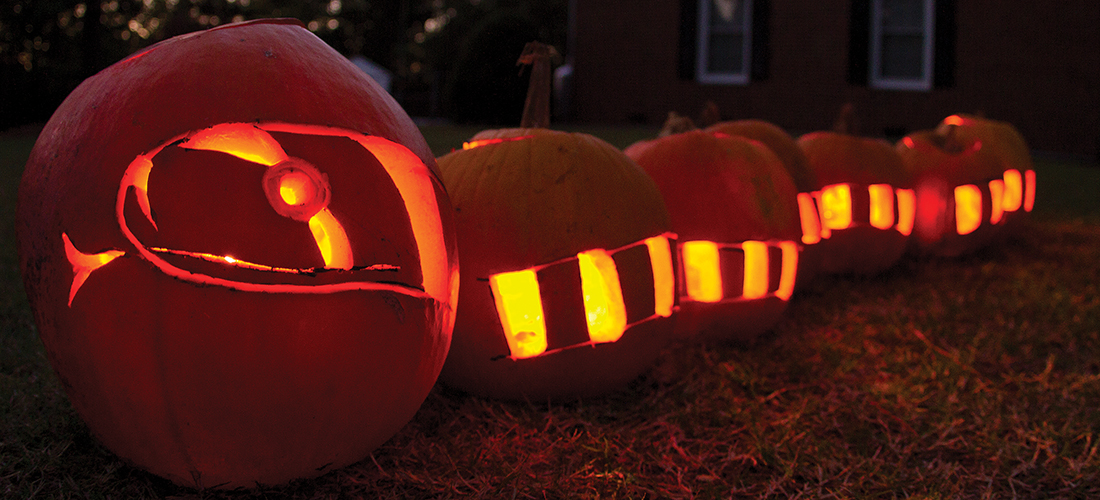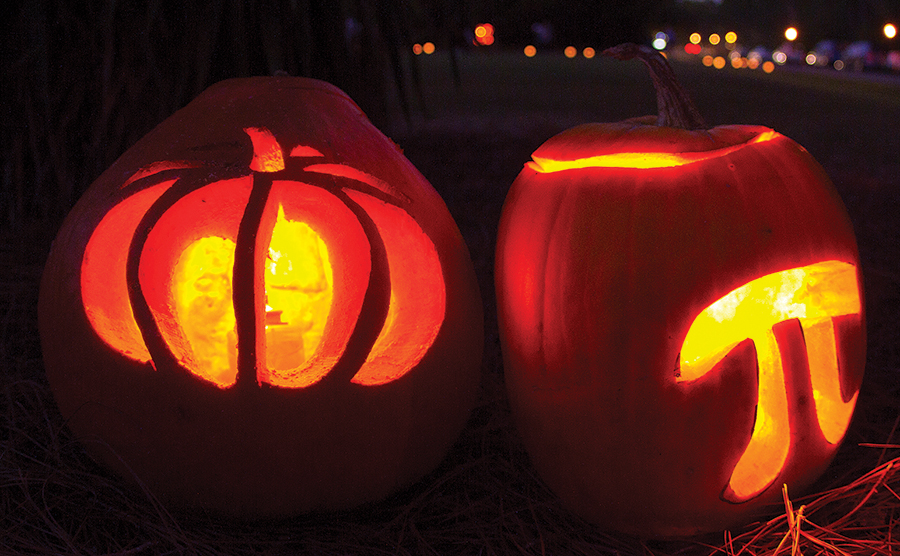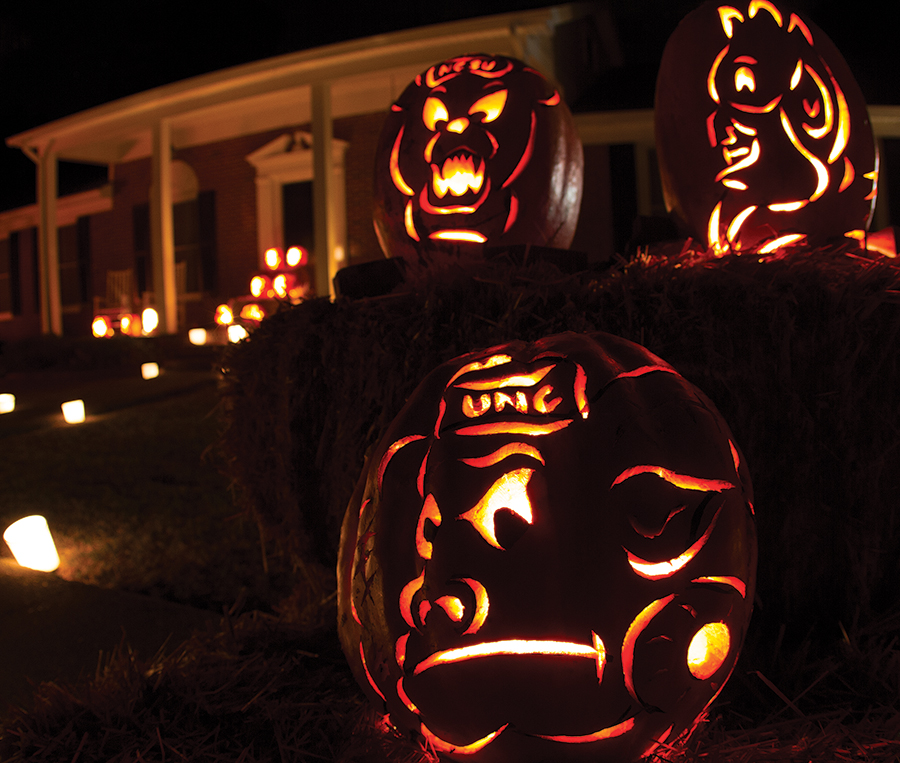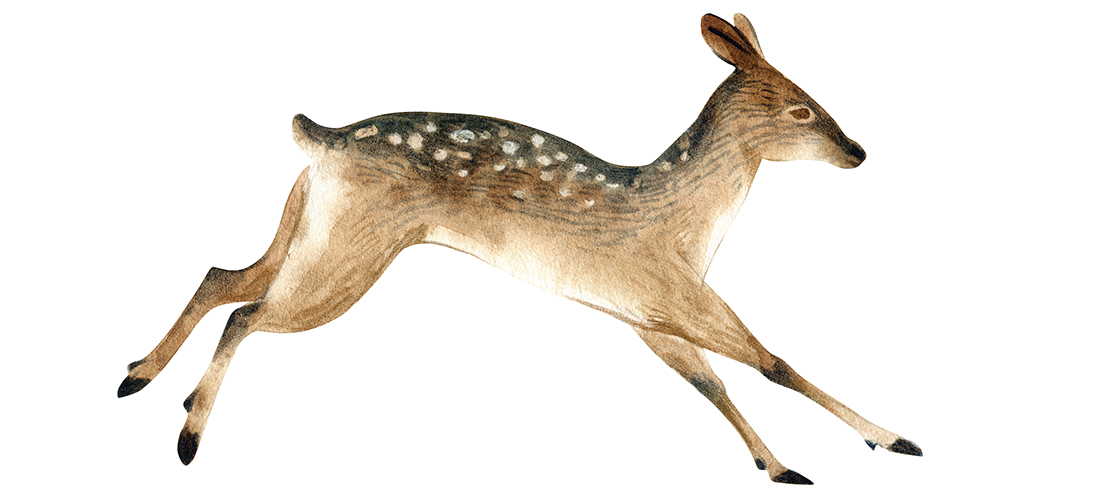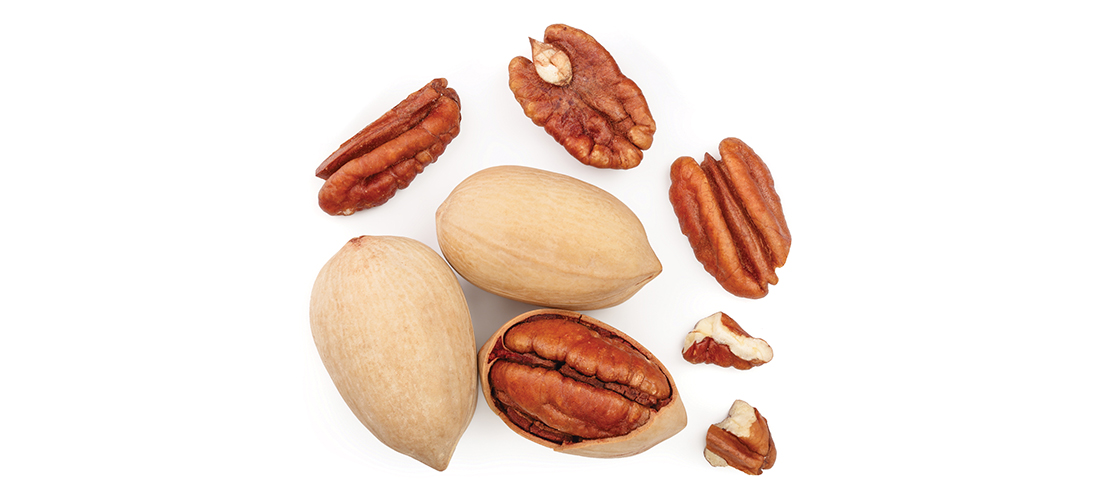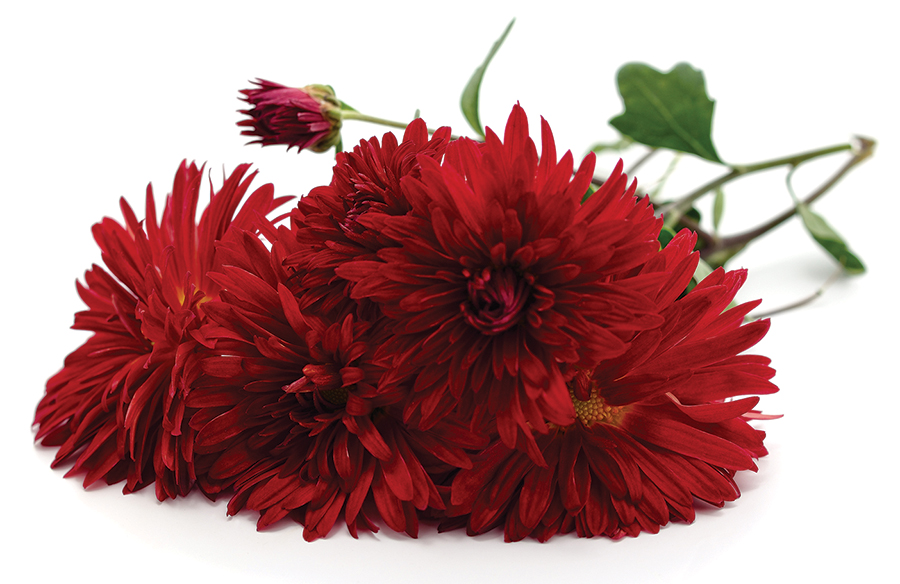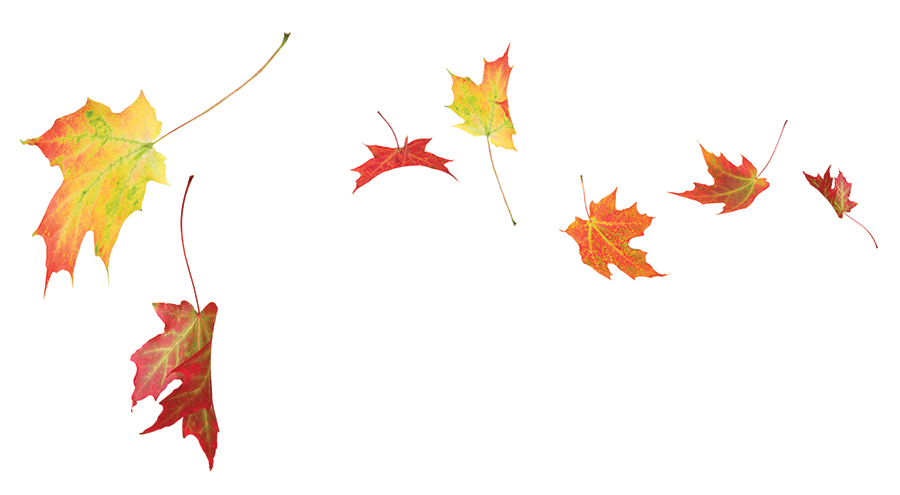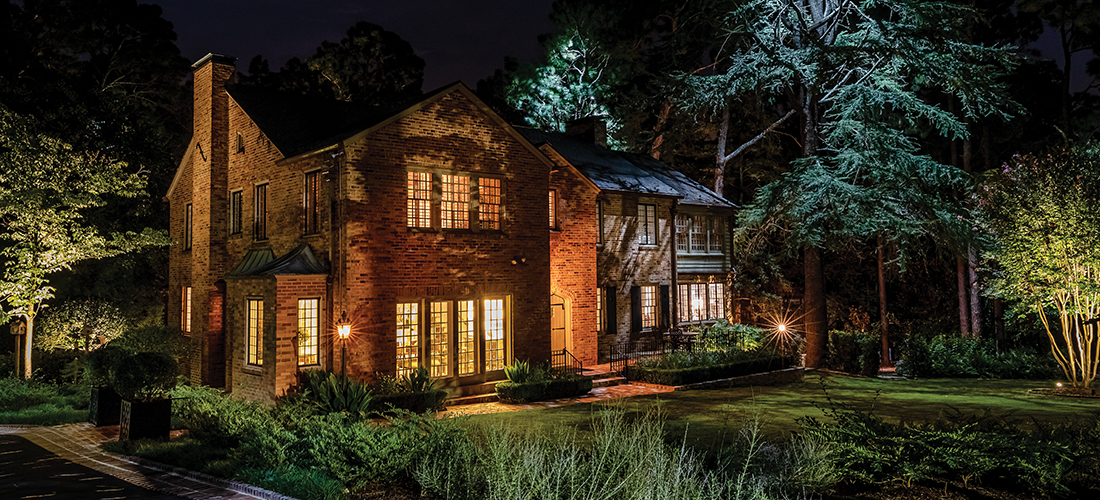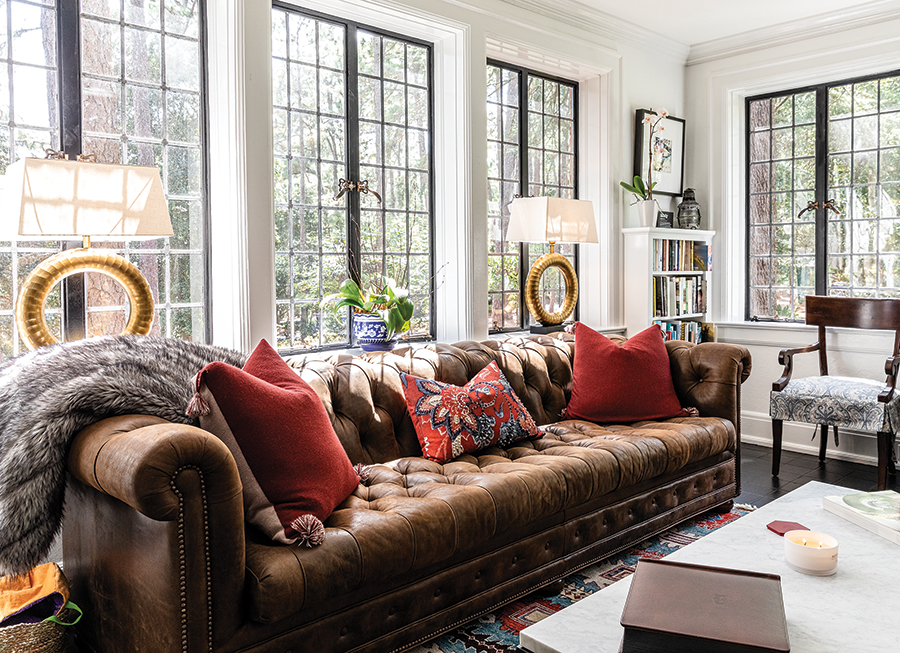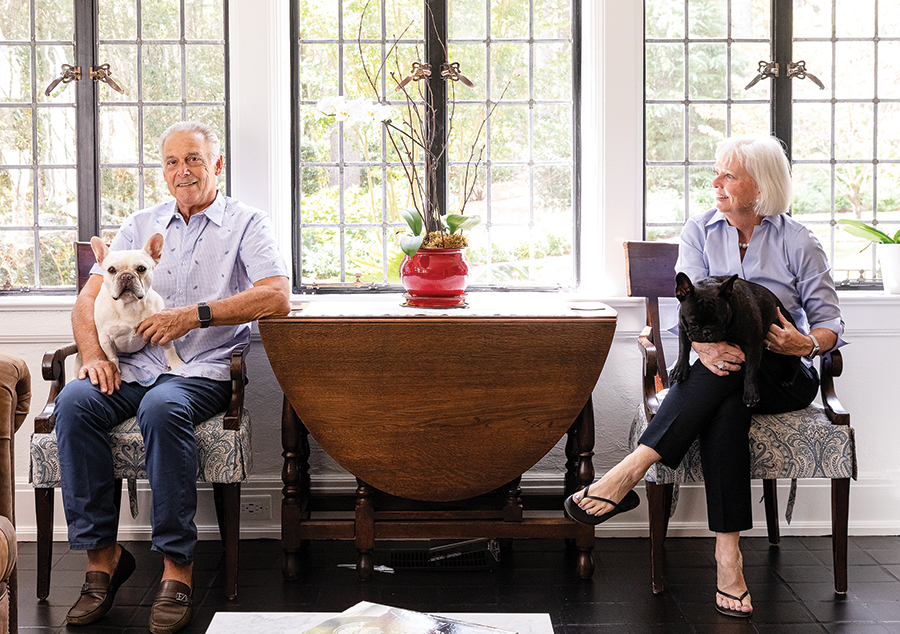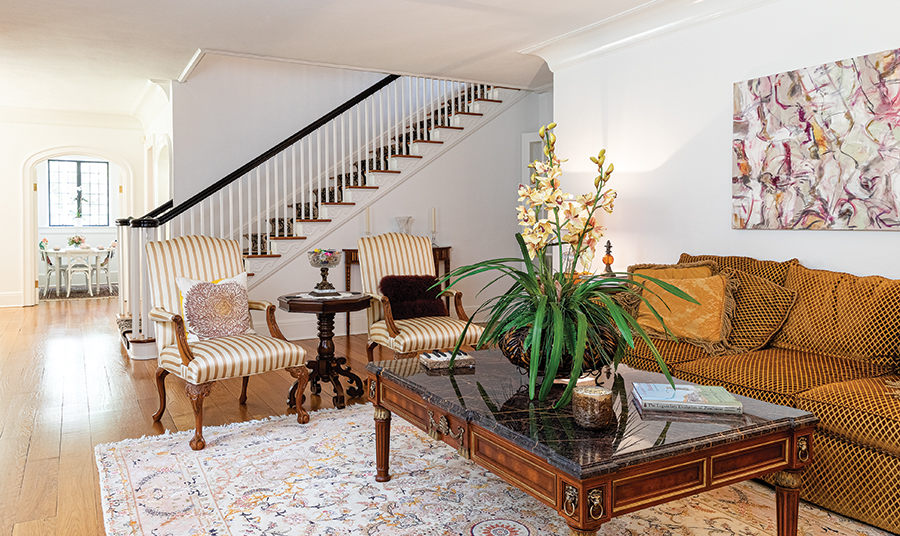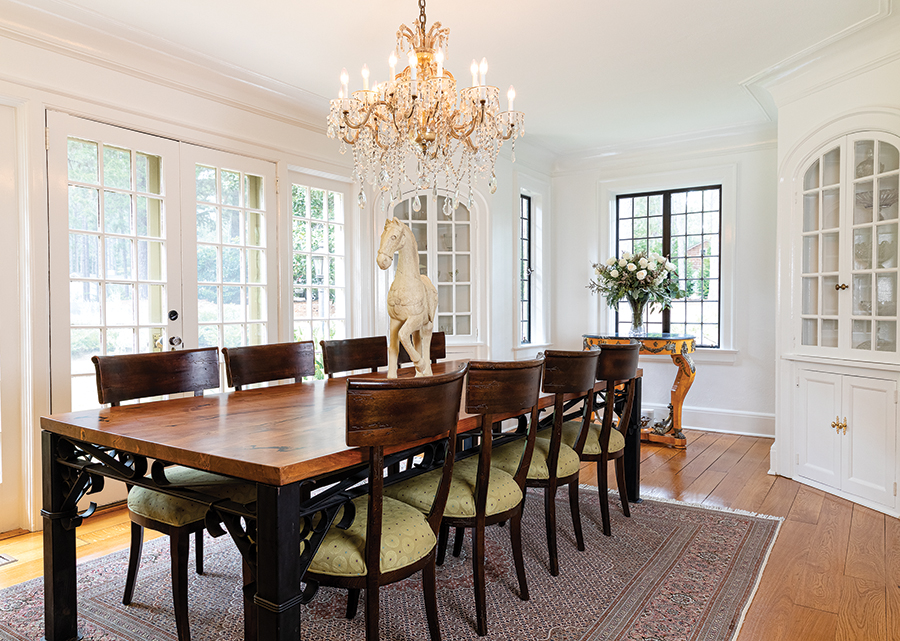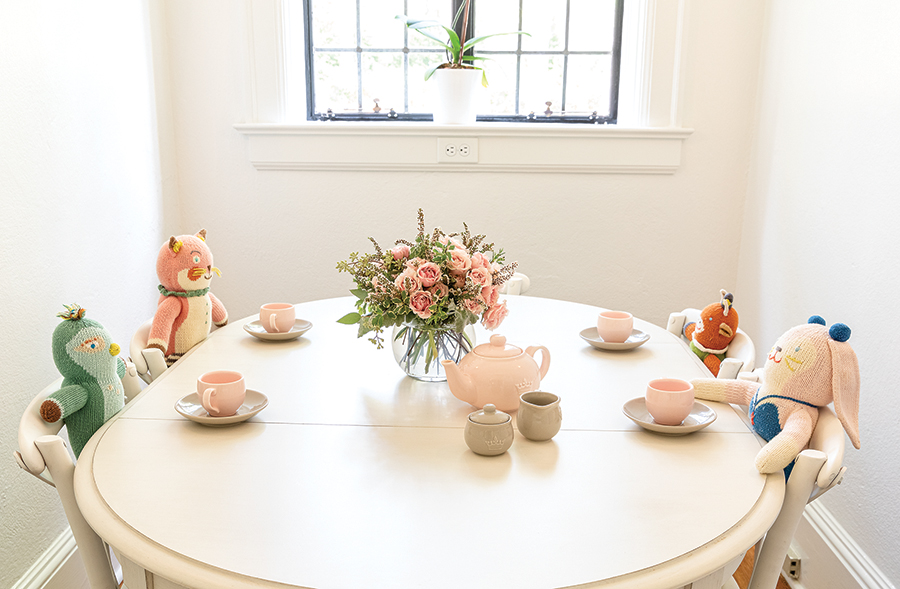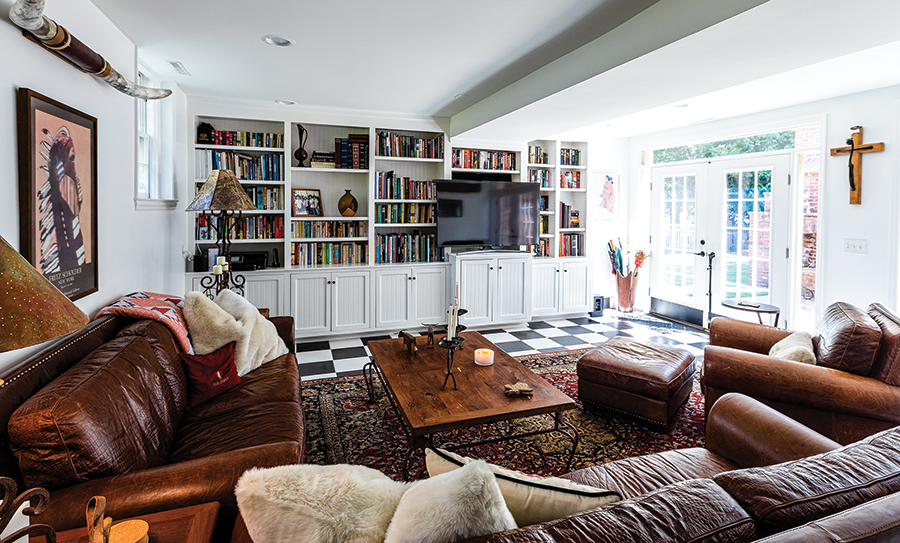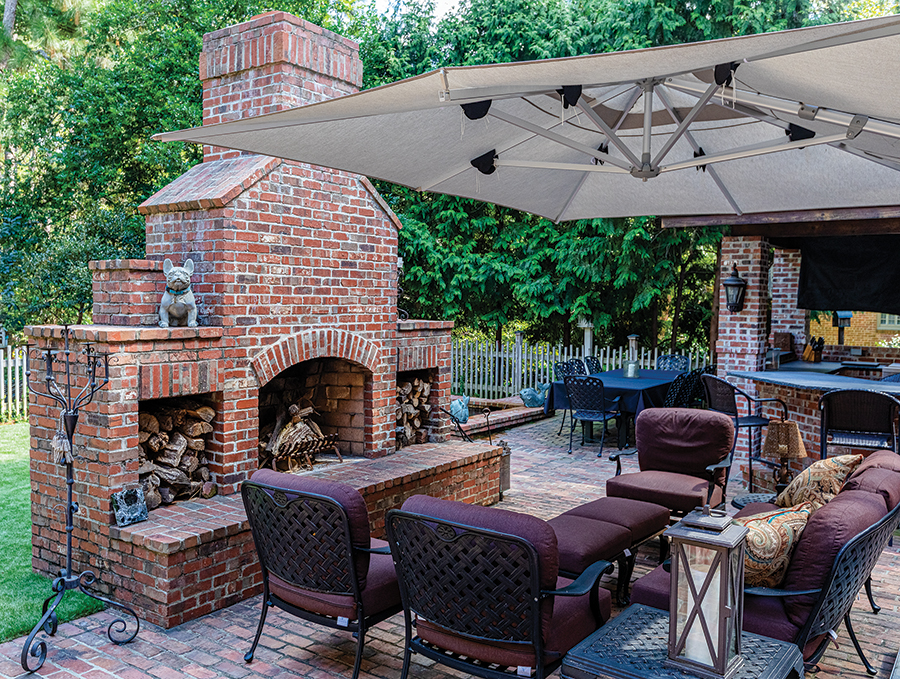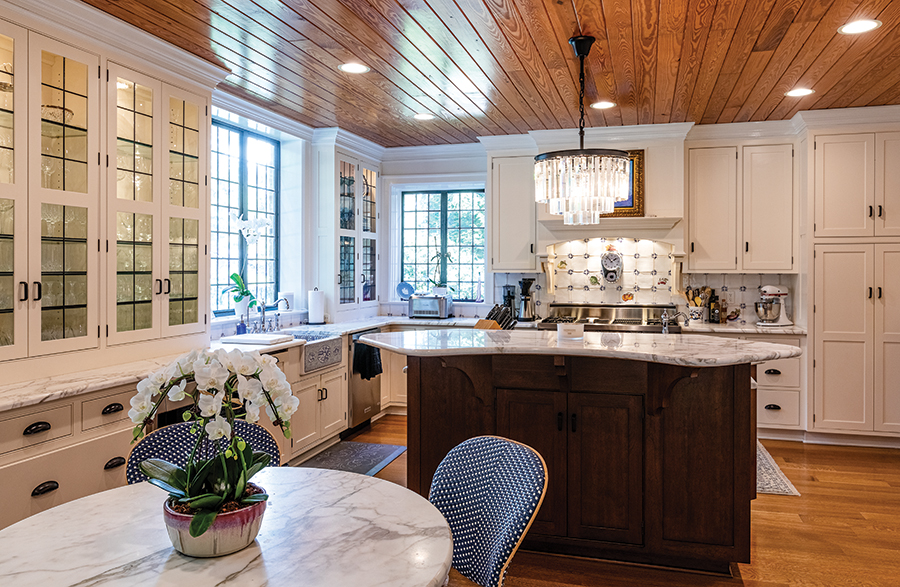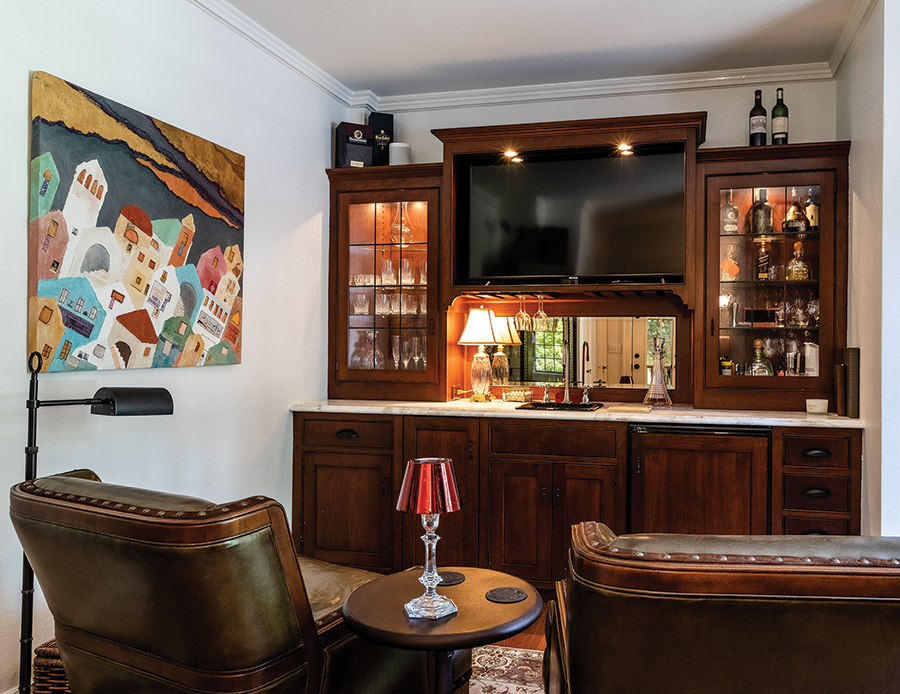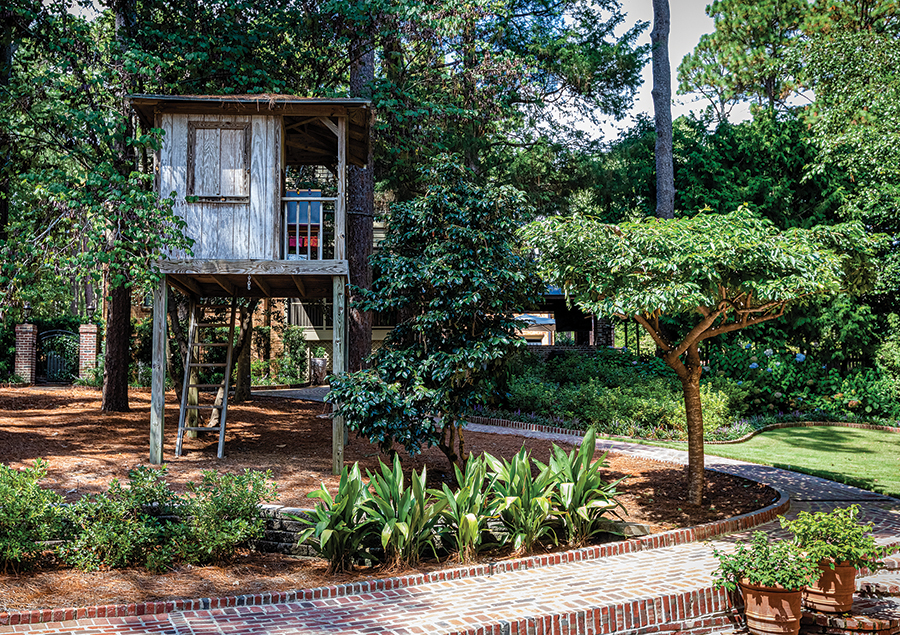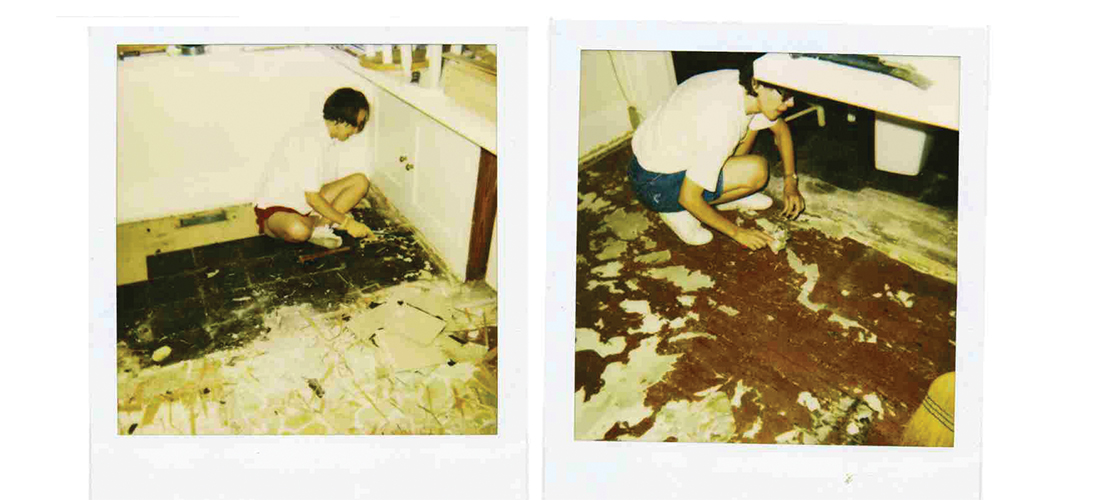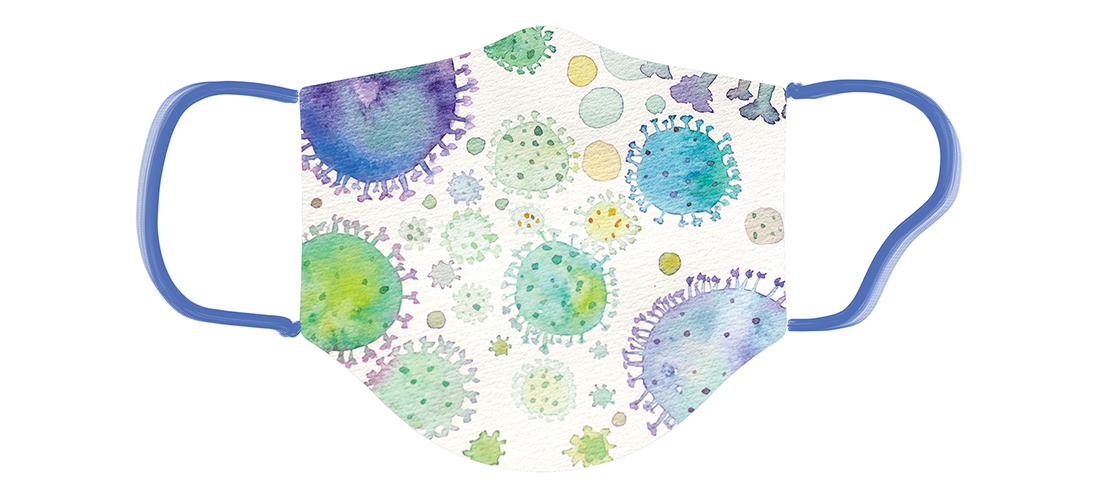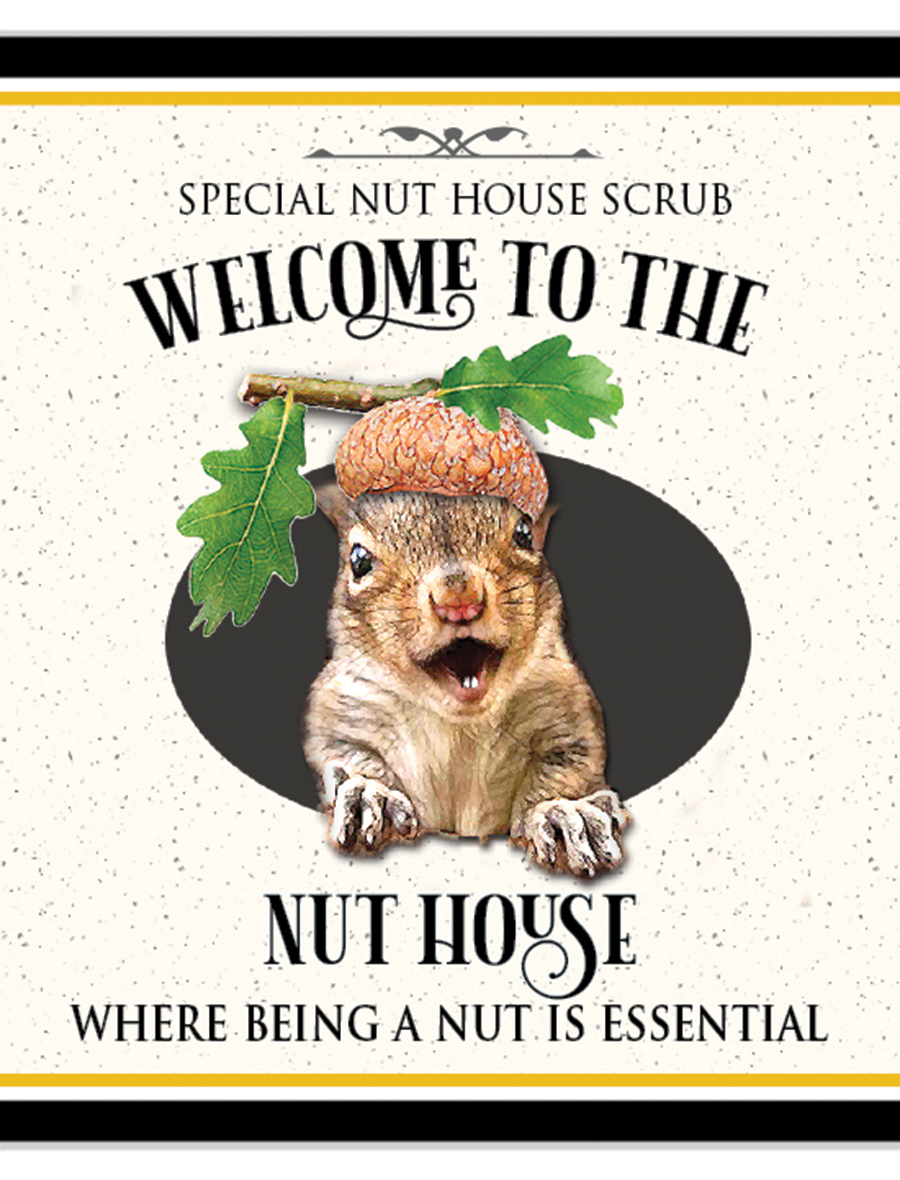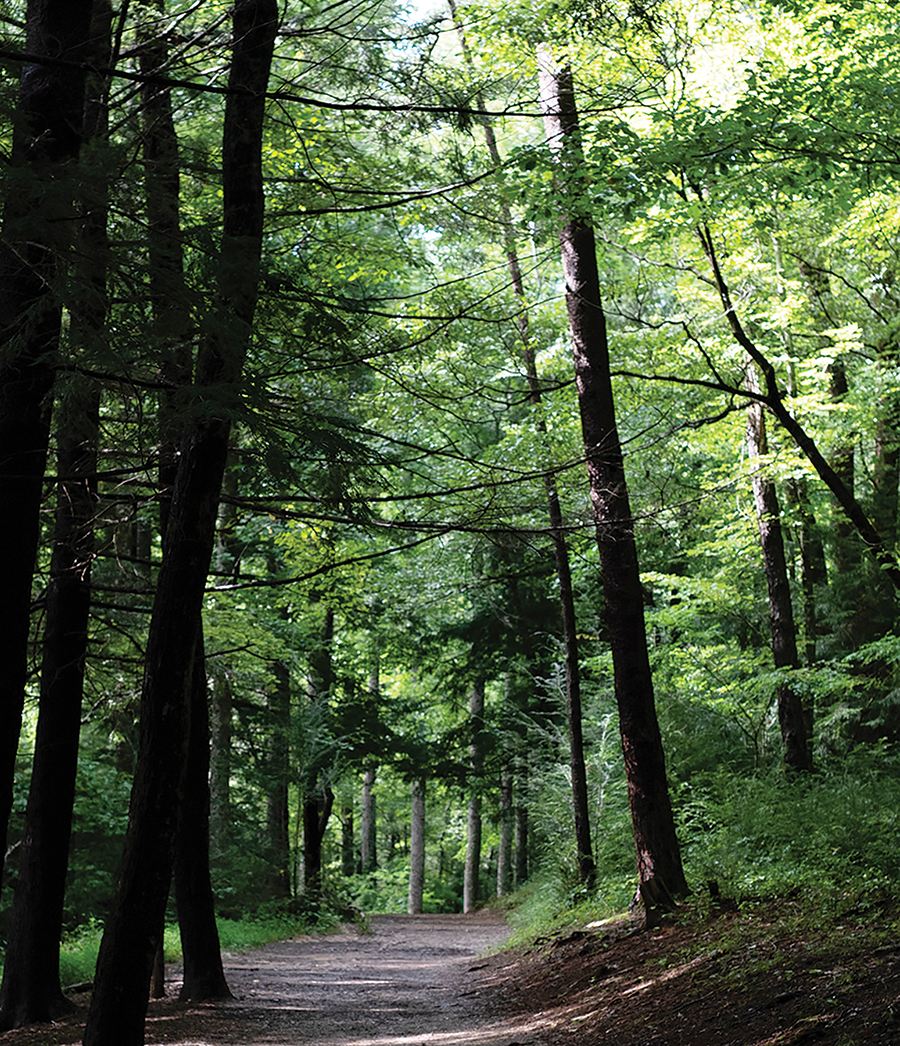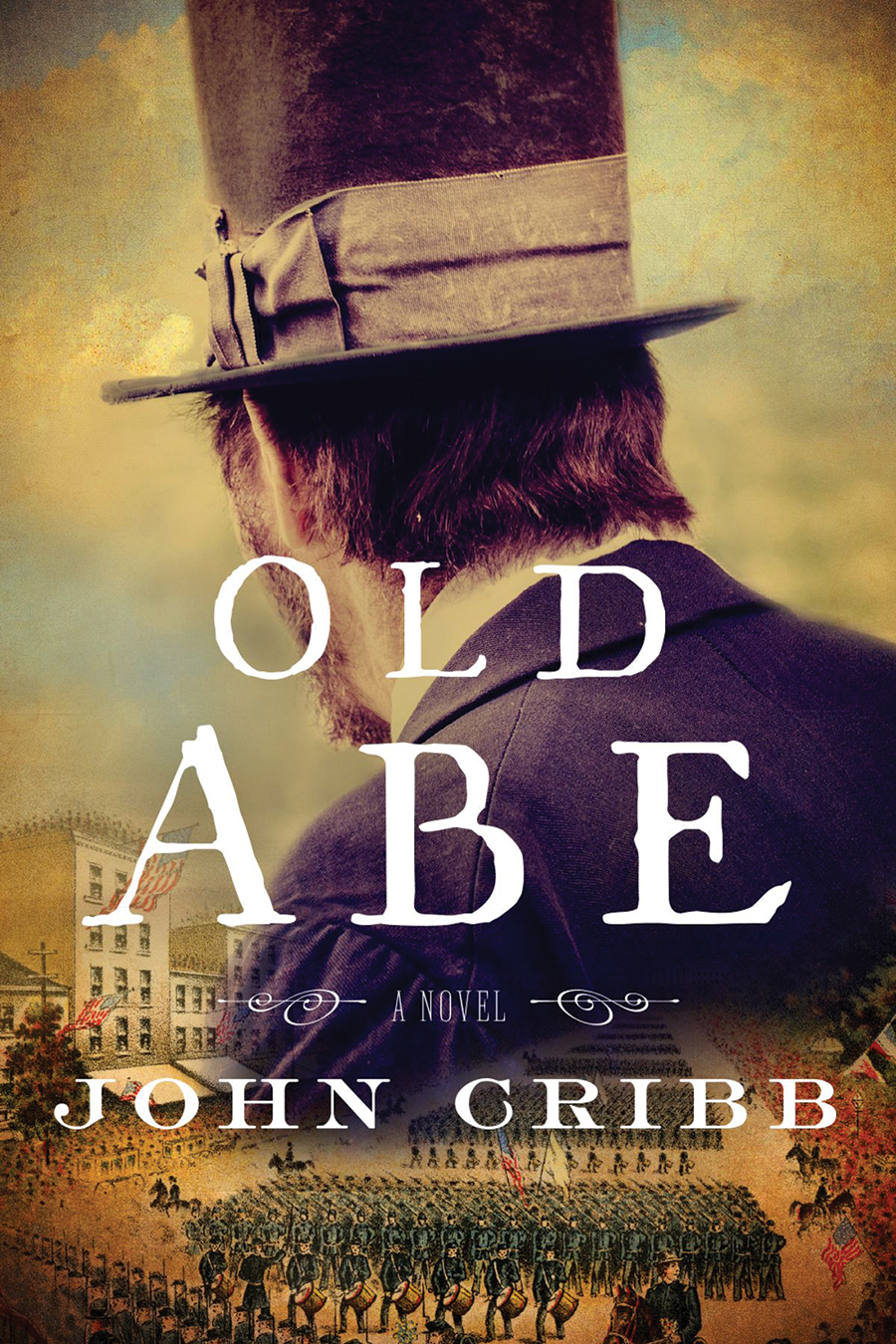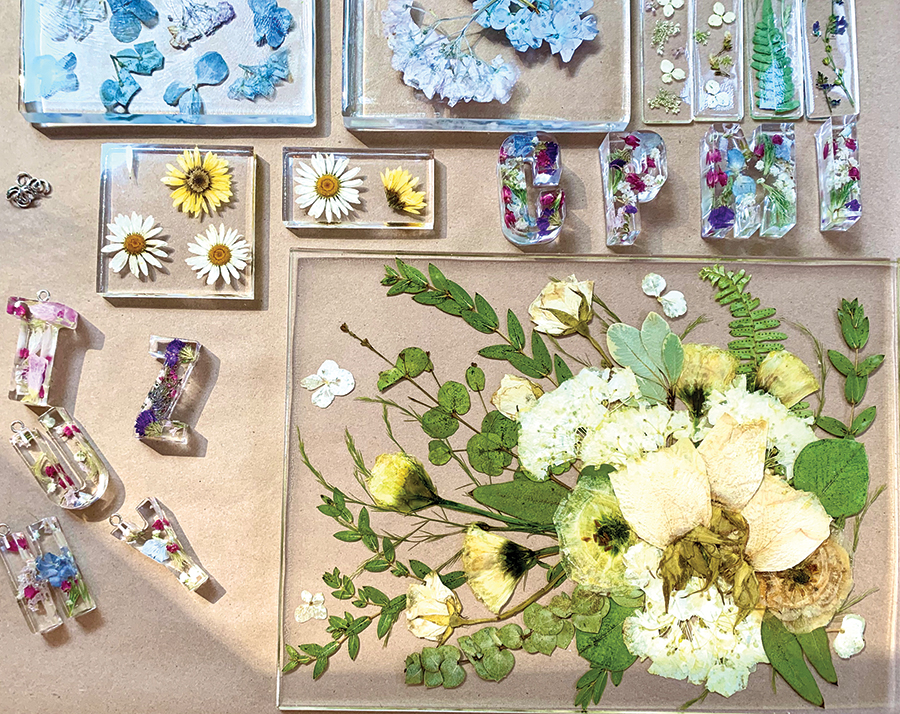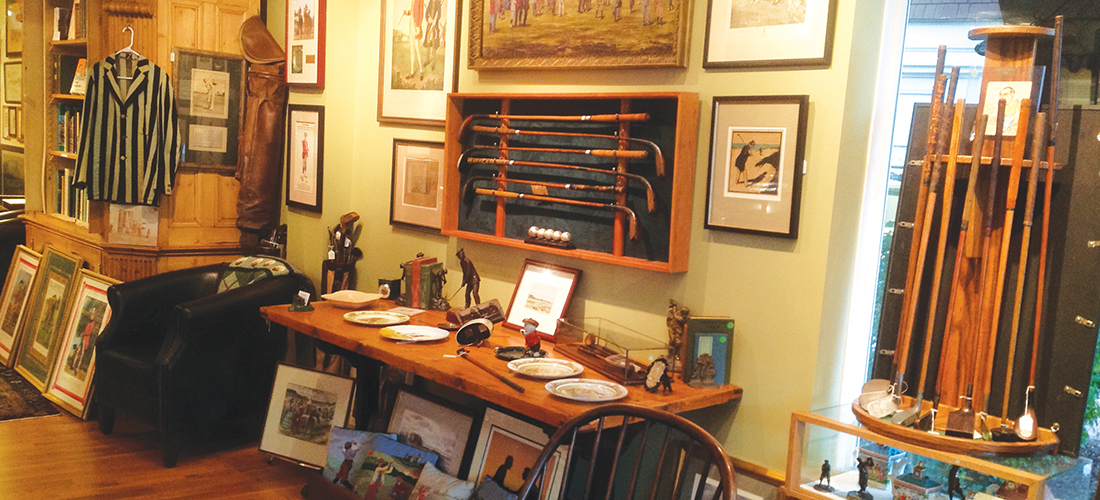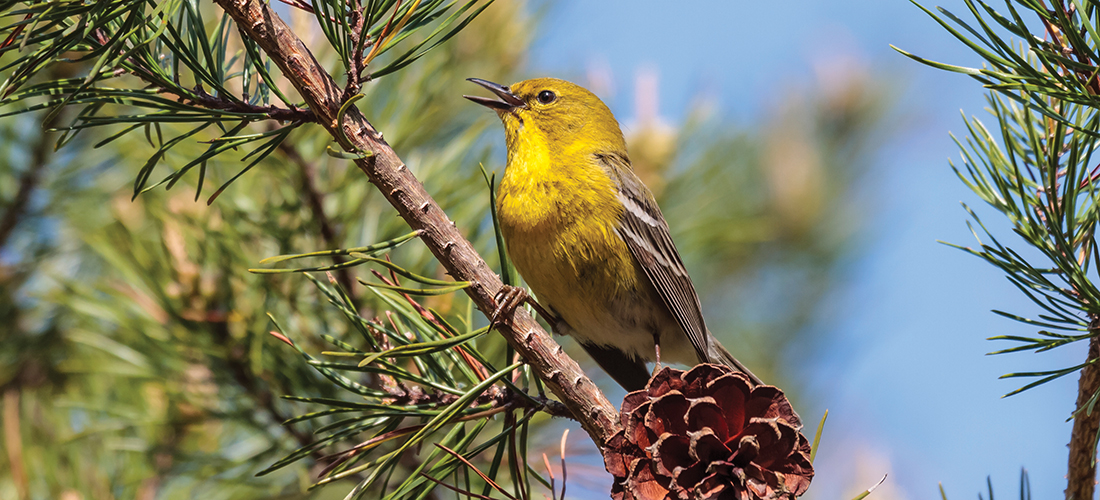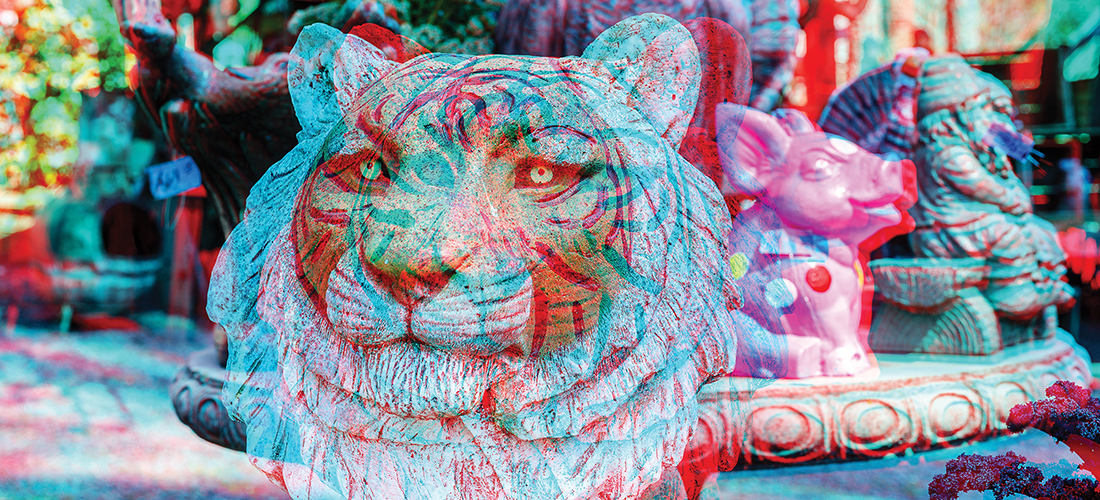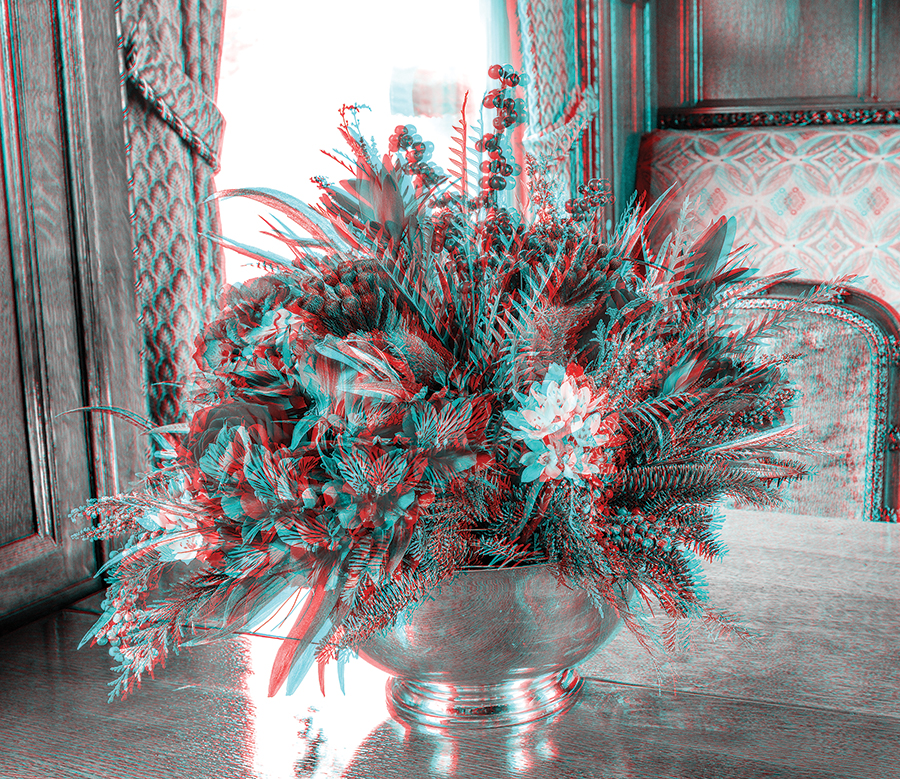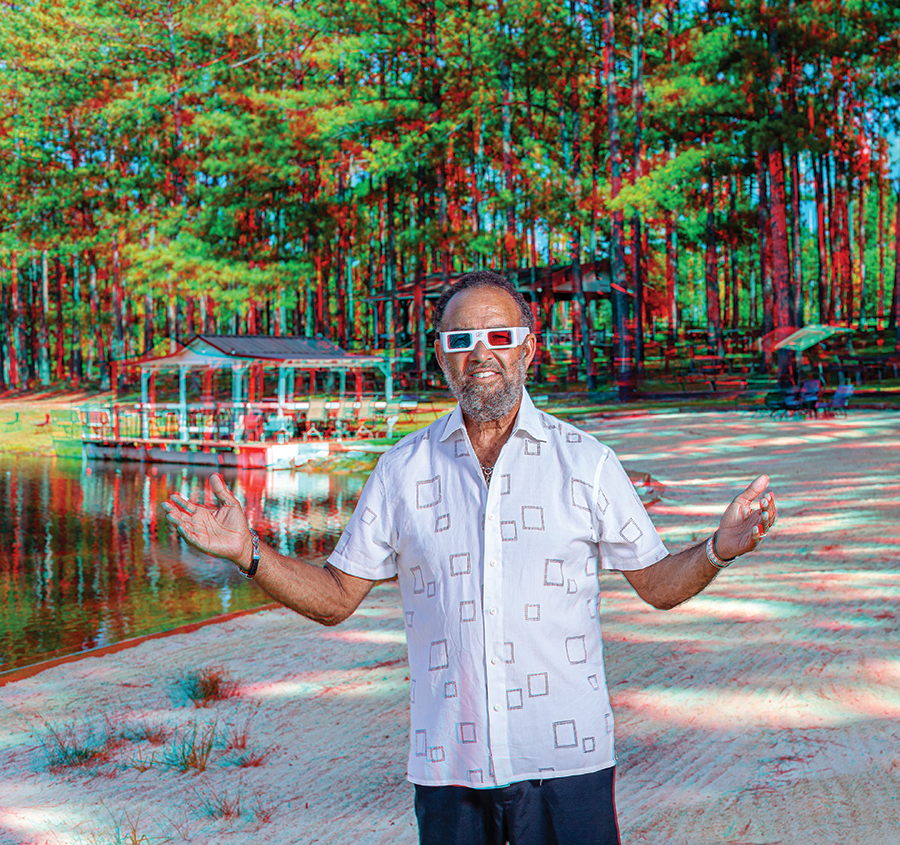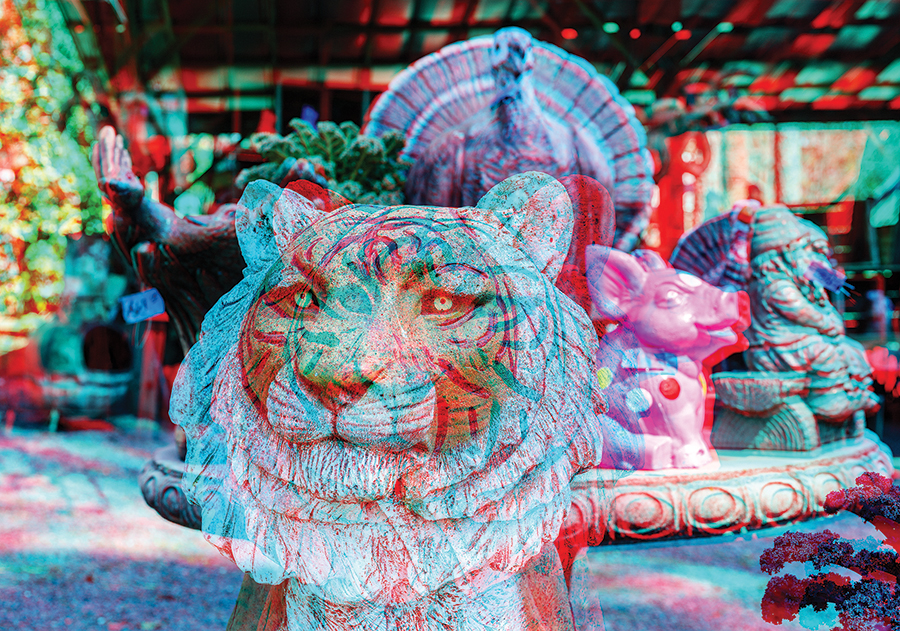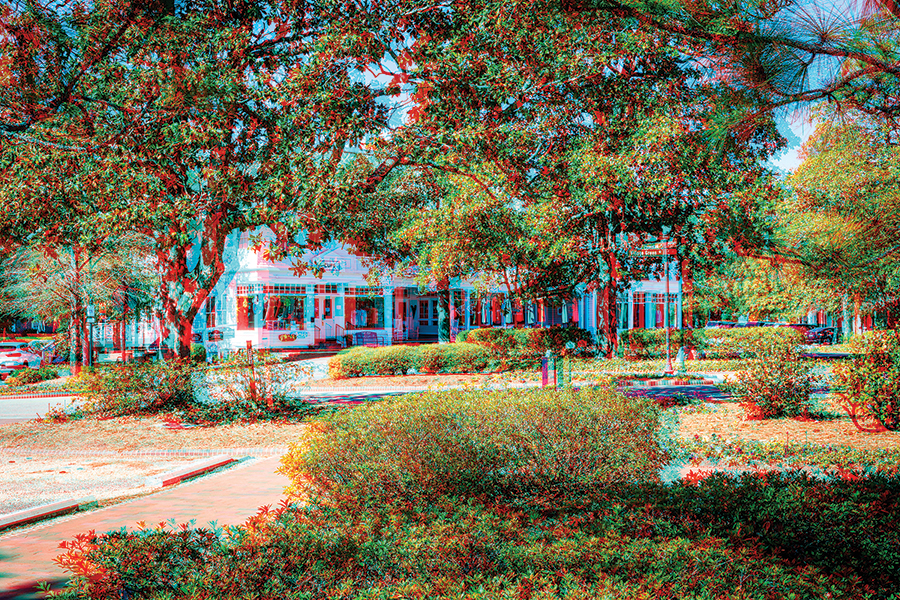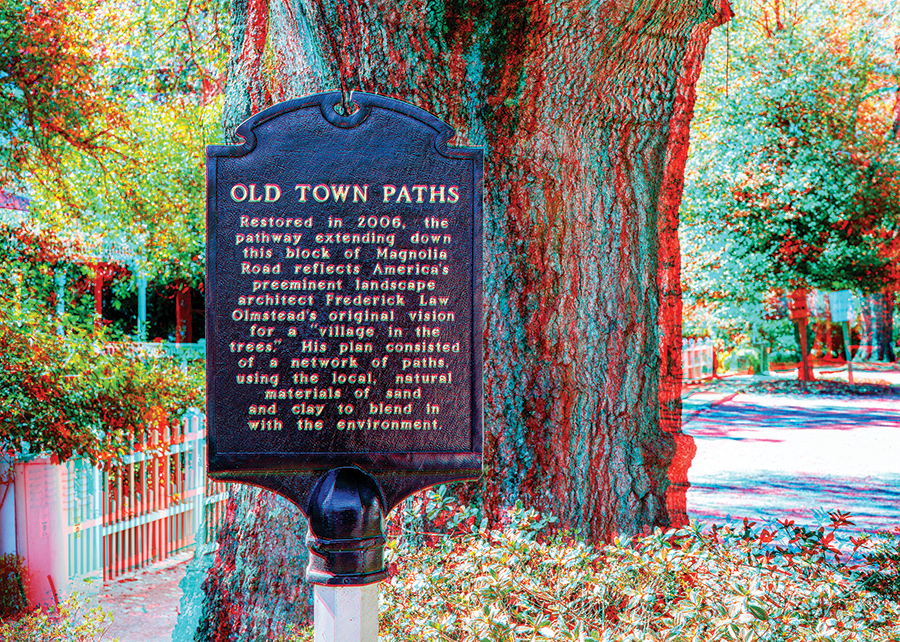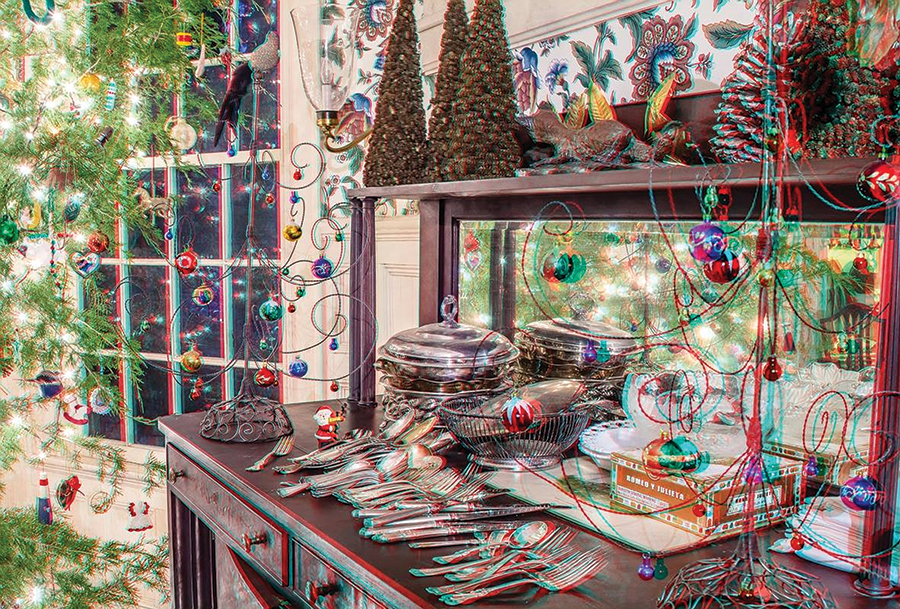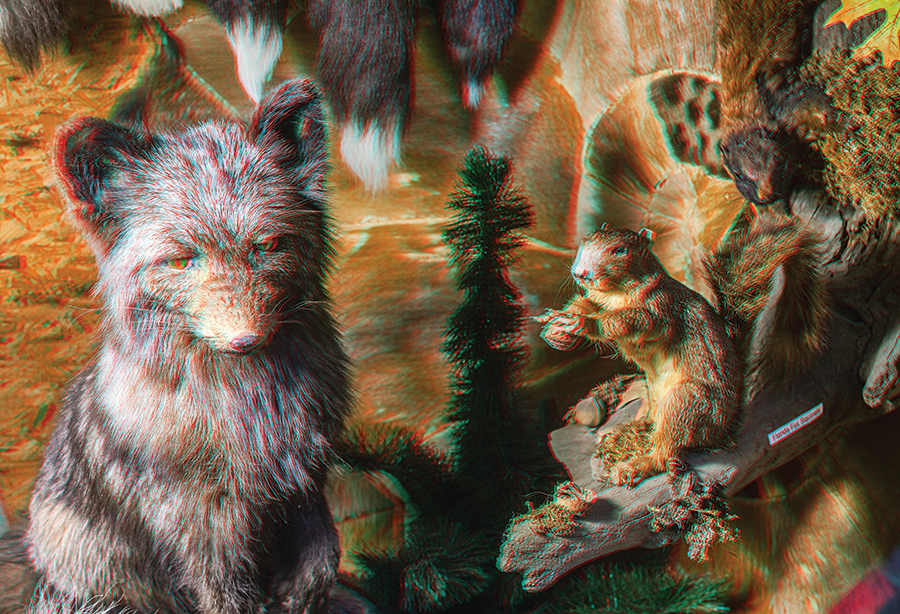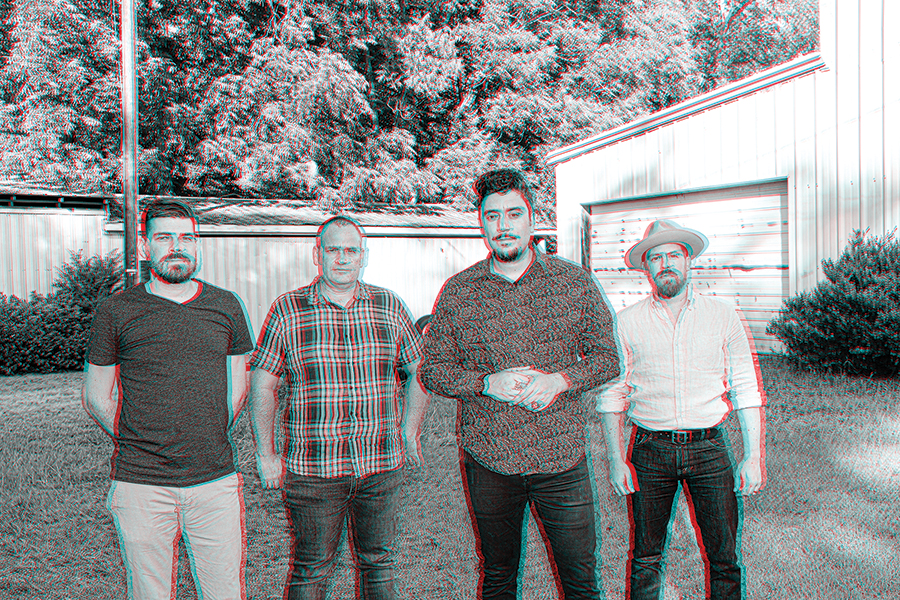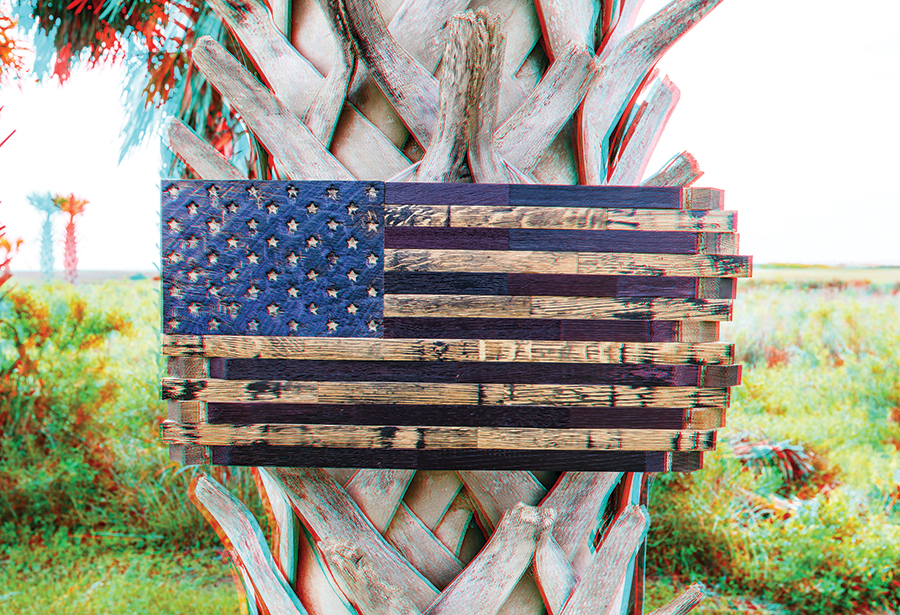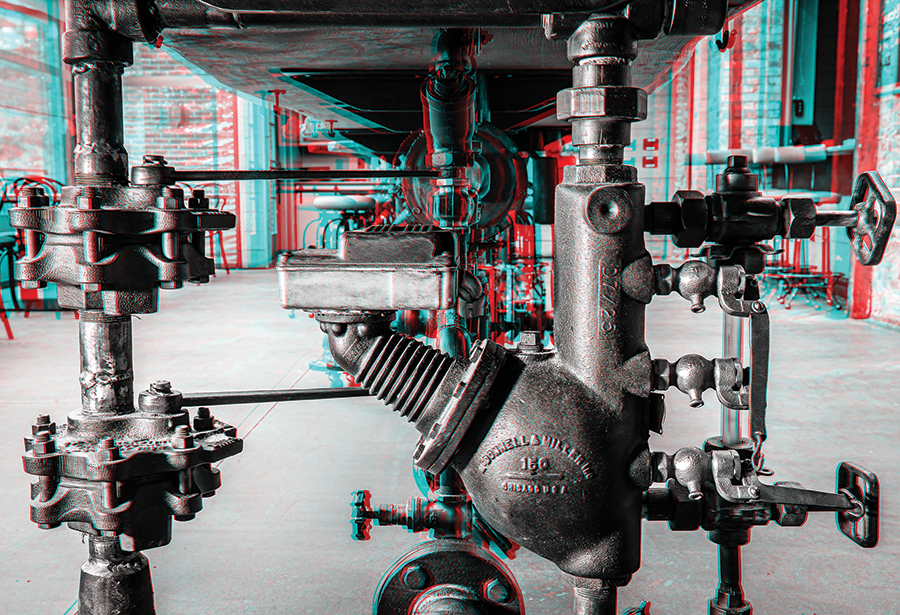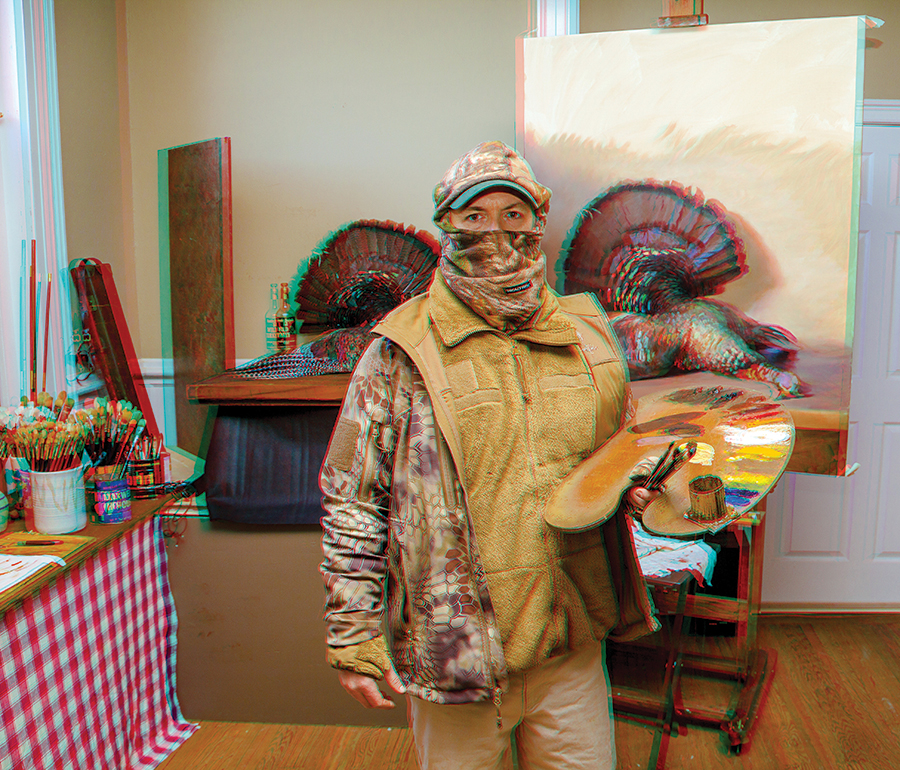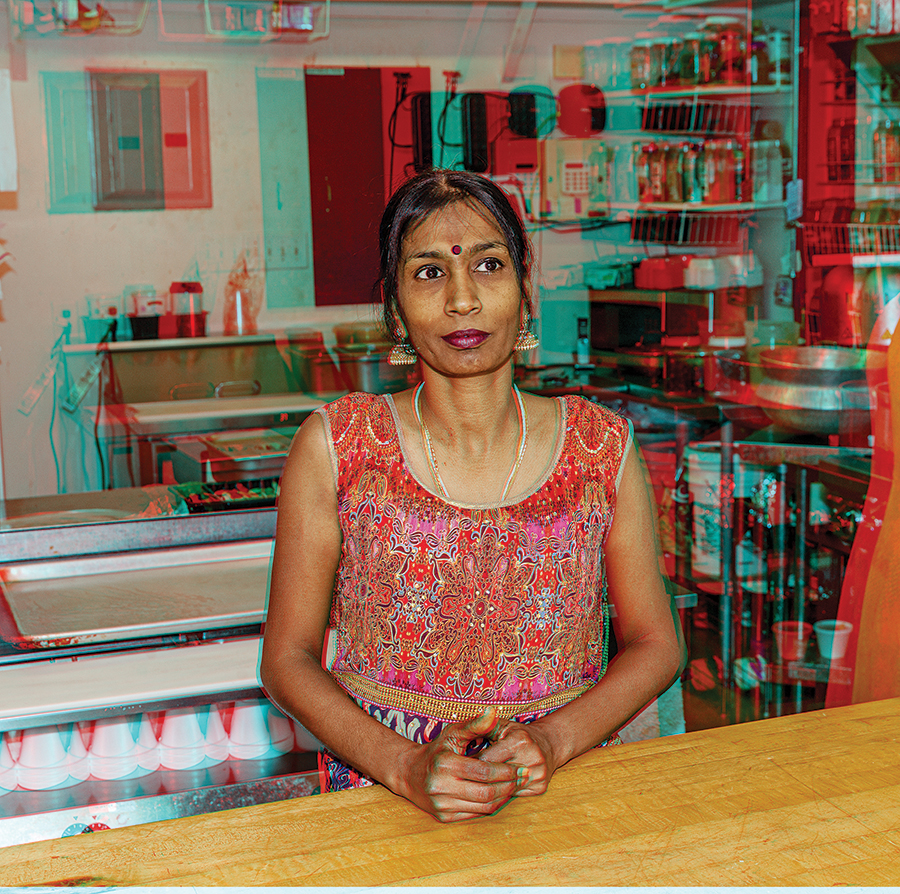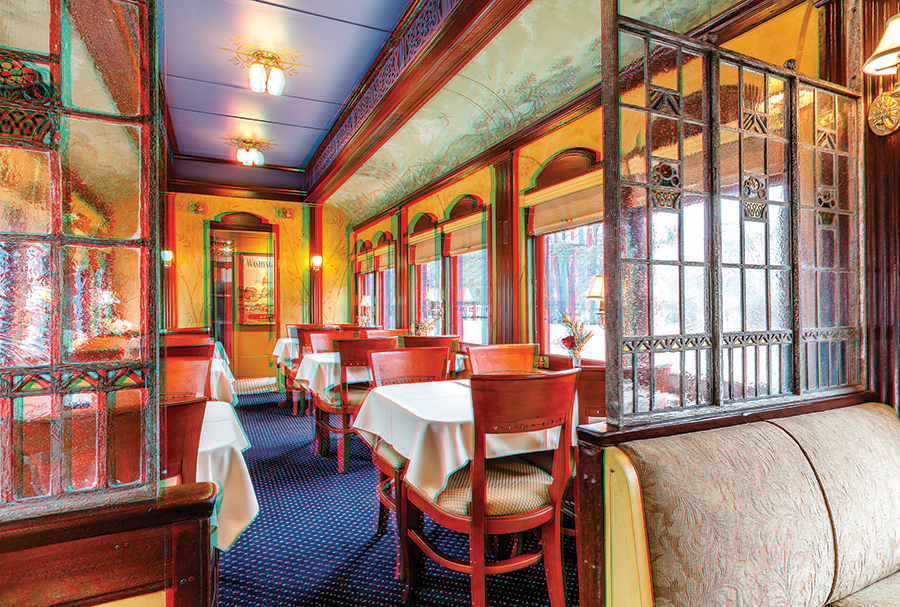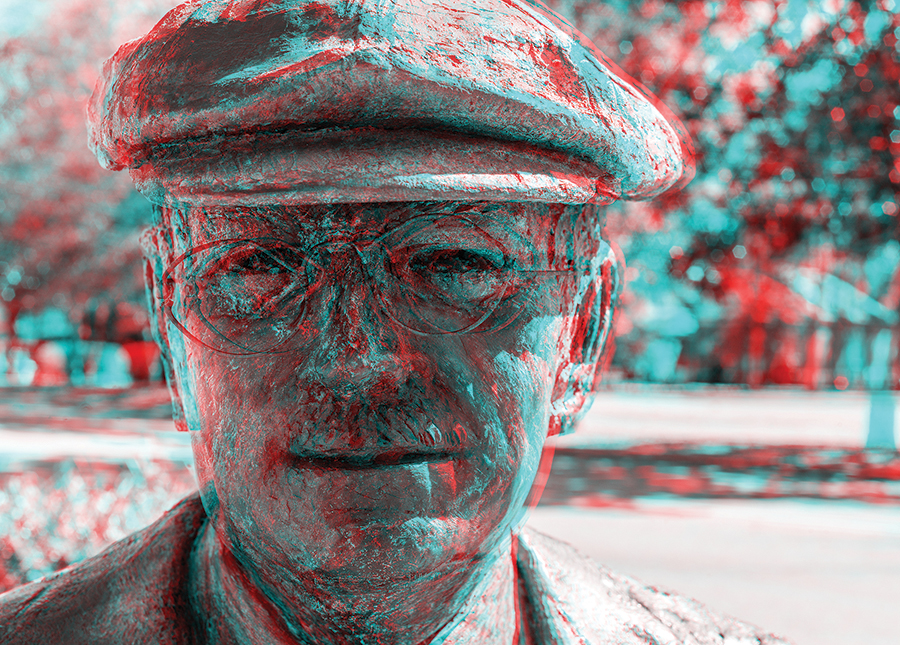“A Story For These Times”
By Jim Dodson
On a lovely evening beneath the trees not long ago, as summer green gave way to autumn gold, my wife, Wendy, shared a charming little story a friend had recently passed along to her via email. She wondered if I’d ever heard it before.
In fact, I had. But it had been many years since I thought of it and the wise soul who first shared it with me decades ago.
Here’s the story.
The Bohemian novelist and short-story writer Franz Kafka was walking home through a park in Prague one afternoon when he passed a little girl who was crying because she’d lost her favorite doll.
The writer, known for stories that fused realism and fantasy, suggested that the two of them search for the missing doll, but the doll was nowhere to be found. Hoping to console her, he suggested that they meet the next day and continue the search.
Upon his return, he presented the girl with a letter he insisted was written by her missing doll. “Please do not mourn for me,” the doll wrote. “I have gone on a trip to see the world. I will write to you about my adventures.”
Over the days and weeks that followed, he presented a stream of “letters” that recounted the doll’s amazing encounters with interesting people she’d met on her journey through the world. The letters provided deep comfort to the little girl.
When their meetings finally came to an end, Kafka presented the girl with a new doll that didn’t look anything like the original. To ease her confusion, he read the girl a final letter from her doll explaining why she seemed so different. “I have been out in the world,” the doll wrote. “My travels have changed me.” The little girl hugged the new doll and carried her home.
Franz Kafka died a short time later from tuberculosis. He was just 40 years old. He never married.
His stories and novels, however, were destined to become some of the best-loved writings of the 20th century, exploring themes of loss, grief and existential anxiety in a rapidly changing world. His very name — Kafka — would become a synonym for a world turned upside down by surreal predicaments. The poet W.H. Auden called him the “Dante of the 20th Century” and novelist Vladimir Nabokov ranked him among the most influential voices of all time.
Many years after her meeting with Kafka in the Prague park, the little girl, now an old woman, found an unread letter secreted in her beloved childhood doll.
“Everything you love will probably be lost,” the letter said. “But in the end, love will return in a different form.”
Though at least one of his biographers later questioned whether the encounter in the park actually happened, it is reported that Kafka, a prodigious letter-writer, put as much time and care into the creation of the doll’s colorful adventures as he did crafting his own wildly imaginative tales.
Regardless, the story outlived its author and has provided comfort to untold numbers of people wrestling with grief and loss, a timeless “healing” story long used by grief therapists and spiritual advisors.
In a year that will be remembered for its incalculable losses of life and livelihood, its Kafkaesque politics and a historic pandemic that will change each of our lives, the doll’s message seems more relevant than ever.
Everything you love will probably be lost. But love will return in a different form.
Hearing the story again gave me a shot of much needed hope. It reminded me of the first person who told me the story over a bowl of soup, a dear old friend named Col. Bob.
During the last decade we lived in Maine, Col. Bob and I met every few weeks for lunch and conversation at a village cafe where the soup was homemade and the community chatter lively.
Bob Day was a decorated veteran of WWII who’d led one of the first Army units over the Rhine into Nazi Germany. After his service, he returned to West Point, where he taught logistics. He made his mark as the pioneering director of admissions who is credited with admitting women to America’s top military academy by convincing his superiors to adopt merit over patronage as a primary means of admission.
We first met one Christmas when Bob played the angel Gabriel in the annual Christmas play at our local Episcopal Church.
My two knee-high nippers had important roles in the pageant. One was playing a lamb, the other a baby cow in the climactic manger scene. As Col. Bob stood hovering over the blessed setting with his goofy, Gary Cooper smile, one of his plaster-of-Paris wings fell off and conked a baby cow on the head. The audience gasped with alarm but erupted with applause when the boy beneath the cow’s head turned out to be laughing. The boy was my son, Jack.
Col. Bob was a volunteer grief counselor with a local organization that worked with families suffering from the loss of a child. As he explained to me over soup one crisp autumn day, his main job was to listen and care and simply “be” with people wrestling with unimaginable grief and loss.
As I learned in time, Bob was uniquely qualified for such soulful service. One day during his early years at West Point, his wife phoned him at the office to report that their youngest son had run outside to play and been run over and killed. Not long after the funeral, Bob returned from work to discover that his grieving wife had packed up and moved out with their two other two boys. The weight of sorrow had become too much.
Bob understood. He set up his wife and kids in a nice house in a neighboring town. Though he and his wife were never fully reconciled, they remained best of friends for the balance of her life. A few years later, a second son set off to see the world before college, contracted a strange virus and died.
Once I learned of these tragedies and others in his life, I understood — and deeply admired — the source of Col. Bob’s easy grace in the midst of so much personal suffering, including his unsinkable sense of humor and belief in the healing power of love. Every year for almost a decade, he showed up at our annual winter solstice party. Guests were invited to perform for their supper — to sing a song or read a poem to lighten the darkest night of the year. Col. Bob read hilarious limericks he spent the year composing.
Bob’s thing was original limericks. Some were sweet, others were poignant. Some were devilishly blue. The solstice crowd loved them all.
Bob loved literature and life. As I said, it was he who first told me the story of Kafka and the little girl with the lost doll. This was not long after my own father died and I was going through a double dose of loss from his death and a divorce that seemed to come out of nowhere, leaving me more than a little discouraged about the future.
It was Bob — using this story — who reminded me that, given time and an open heart, love and laughter would come again in different form.
He was right. Both came in the form of an extraordinary woman who has been the joy of my life for more than two decades — the same woman, I might add, who reminded me of the story of Kafka and the doll as we sat beneath the autumn trees a few weeks back.
Hearing it again also reminded me of the last letter I received from Col. Bob a decade or so ago, inquiring about Wendy and our kids and our new life “back home in the South.” He informed us that he, too, had recently moved home to Connecticut to be close to his surviving son and grandchildren. He was volunteering as a docent at a history museum several days a week and still working with grieving families. The handwritten letter included several pages of his original limericks — the “greatest hits of an angel with a broken wing,” as I like to think of them.
Not long after the letter arrived, I learned that Bob had passed away and drove up to his memorial service at West Point. It was great to meet his son and several of Bob’s old friends, students and colleagues. We all had stories of his amazing grace and healing sense of humor to share.
Folks had a good laugh when I explained how a broken angel’s wing in a Christmas play introduced me to Col. Bob, a gift not unlike the one that Kafka gave the little girl in the Prague park.
It’s still the perfect message for a changing season and Kafkaesque days like these.
Everything you love will probably be lost. But love will return in a different form. PS
Contact Editor Jim Dodson at jim@thepilot.com.


